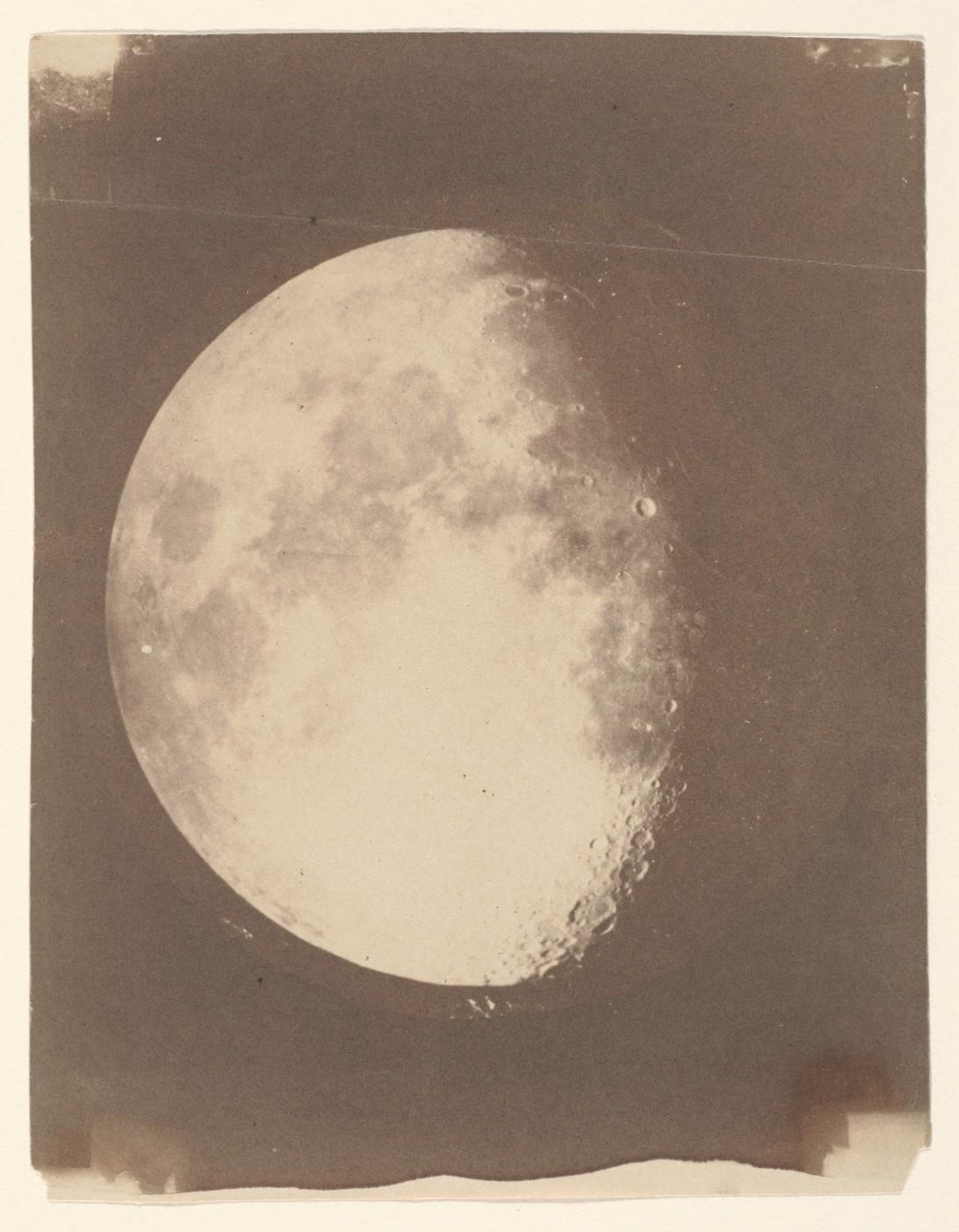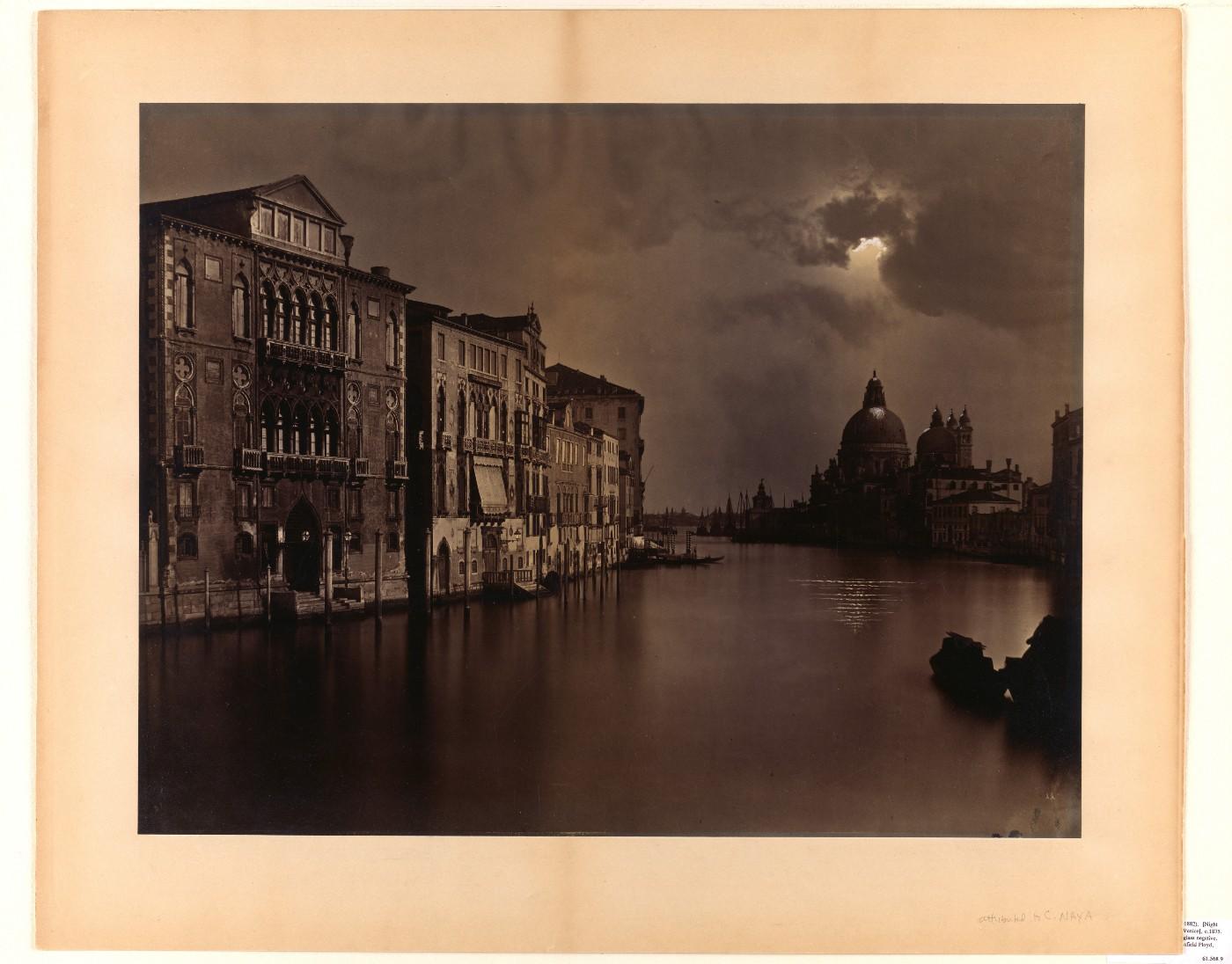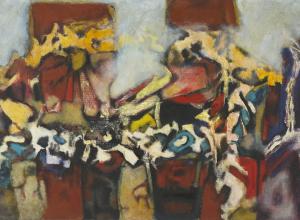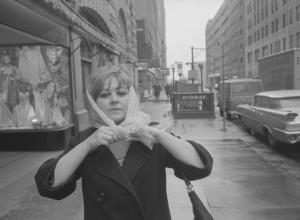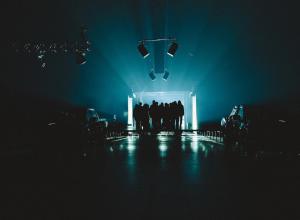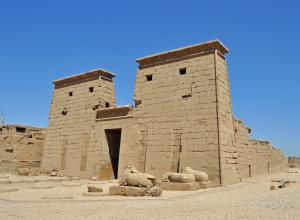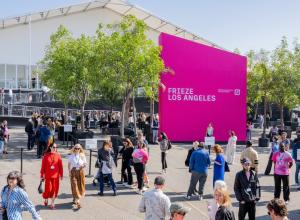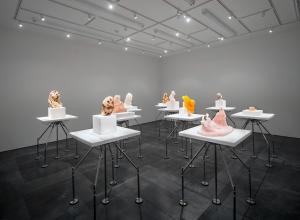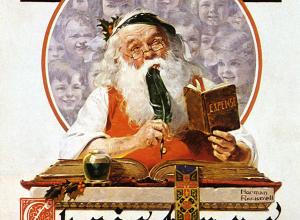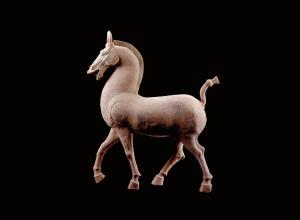The exhibition is made possible by OMEGA.
Additional support is provided by the Enterprise Holdings Endowment and The Horace W. Goldsmith Foundation.
“The moon has long been a nearly universal source of fascination and inspiration,” said Max Hollein, Director of The Met. “This exhibition shows us how photography introduced new dimensions to its documentation and interpretation, and explores the tremendous impact that the 1969 moon landing had on artists of the time—the lasting effects of which still resonate today.”
Apollo’s Muse will trace the progress of astronomical photography and attempts to produce ever-sharper images of the moon, particularly during the 130-year period between the invention of photography in 1839 and the moon landing in 1969 as astronomers and artists capitalized on technological improvements to cameras and telescopes to create ever more accurate visual records of the lunar surface. Exhibition highlights will include two newly discovered lunar daguerreotypes from the 1840s, believed to be the earliest existing photographs of the moon, and works by such pioneers of lunar photography as Warren De La Rue (1815–1889), Lewis Morris Rutherfurd (1816–1892), and John Adams Whipple (1822–1891). A stunning photographic atlas of the moon, produced at the Paris Observatory between 1894 and 1908 by the astronomers Maurice Loewy (1833–1907) and Pierre Puiseux (1855–1928), will be displayed for the first time in its entirety.
Alongside these scientific achievements, the show will explore the use of the camera to create fanciful depictions of space travel and life on the moon, including George Méliès’s (1861–1938) original drawings for his film A Trip to the Moon (Le Voyage dans la lune, 1902) and a large selection of “paper moon” studio portraits from the early 20th century. Also featured will be artists' evocations of the otherworldly effects of moonlight, including major works by German Romantic painter Caspar David Friedrich (1774-1840) and American Pictorialist photographer Edward Steichen (1879-1973).





